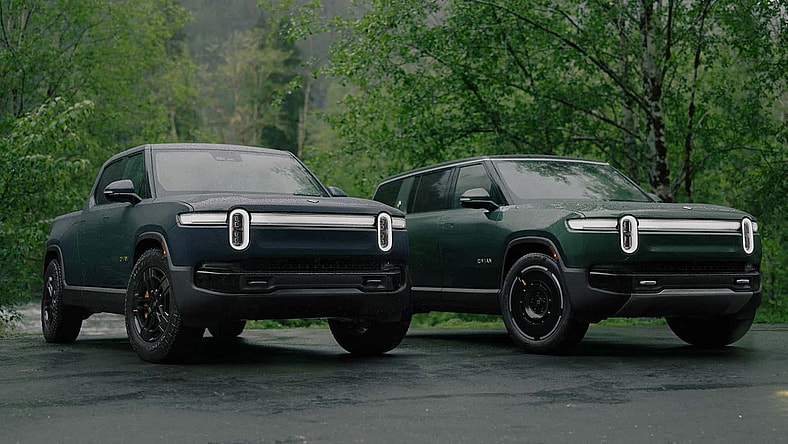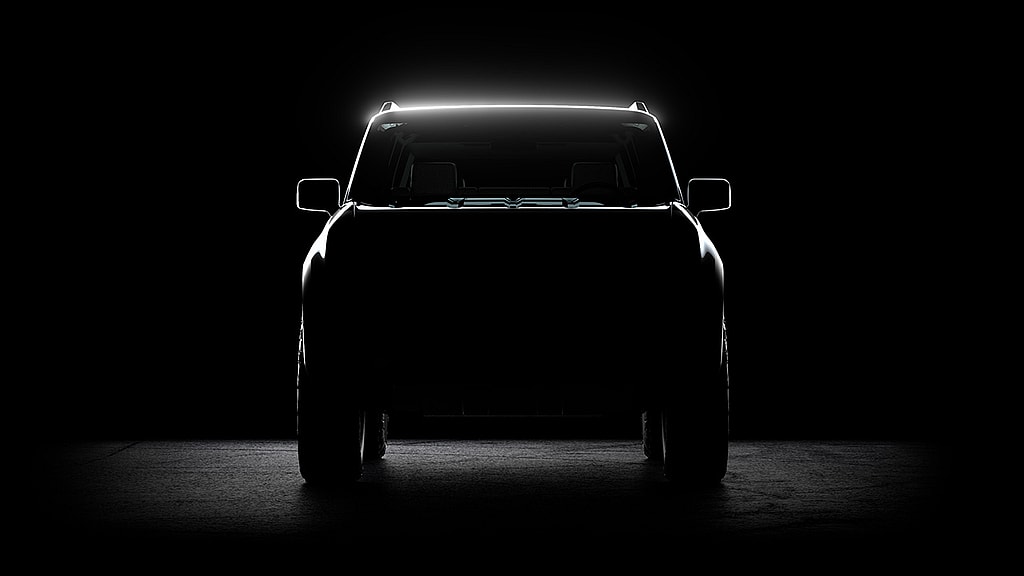Volkswagen Investing Billions In Rivian To Start EV Software Joint Venture

Rivian and Volkswagen are teaming up to develop electric vehicle software, the automakers announced on Tuesday.
Volkswagen has made a $5 billion commitment to Rivian that will start with an initial $1 billion note that will convert to stock, which will be followed by a $1 billion investment in the joint venture, an additional $2 billion in Rivian stock purchases over the next two years and a $1 billion loan in 2026.
Rivian will put some of the money toward launching its next generation R2 and R3 models.
Rivian and Volkswagen will both incorporate the software into future electric vehicle models that will be on the road before 2030. They will have 50/50 ownership in the venture and continue to build their own vehicles.
RIVIAN’S POP-UP CAMPER PUTS BEDS ON THE BEDSIDES

These include VW’s upcoming reboot of Scout as a U.S.-based all-electric brand that will build its vehicles at a new plant that’s under construction in South Carolina. Scout will reveal concept versions of its first models sometime this summer.
“We’re very excited to be partnering with Volkswagen Group,” Rivian CEO RJ Scaringe said in a press release.
“Since the earliest days of Rivian, we have been focused on developing highly differentiated technology, and it’s exciting that one of the world’s largest and most respected automotive companies has recognized this. Not only is this partnership expected to bring our software and associated zonal architecture to an even broader market through Volkswagen Group’s global reach, but this partnership also is expected to help secure our capital needs for substantial growth. Rivian was created to help the world to transition away from fossil fuels through compelling products and services, and this partnership is beautifully aligned with that mission.”
Rivian delivered 13,588 vehicles during the first quarter of 2024 and recently launched updated versions of its R1T and R1S models that feature new software architectures that are more powerful and use fewer components than the system it replaces.
